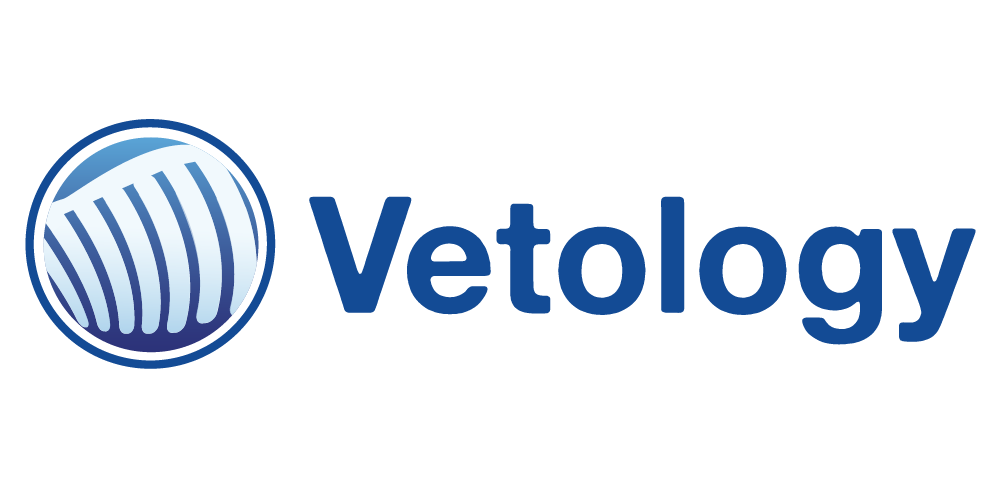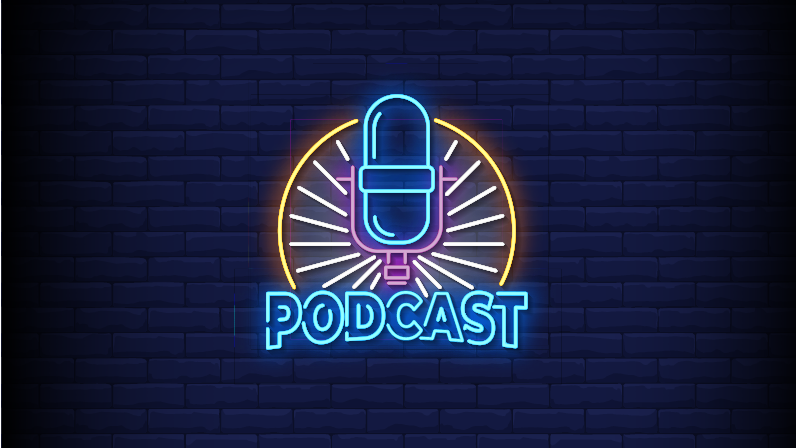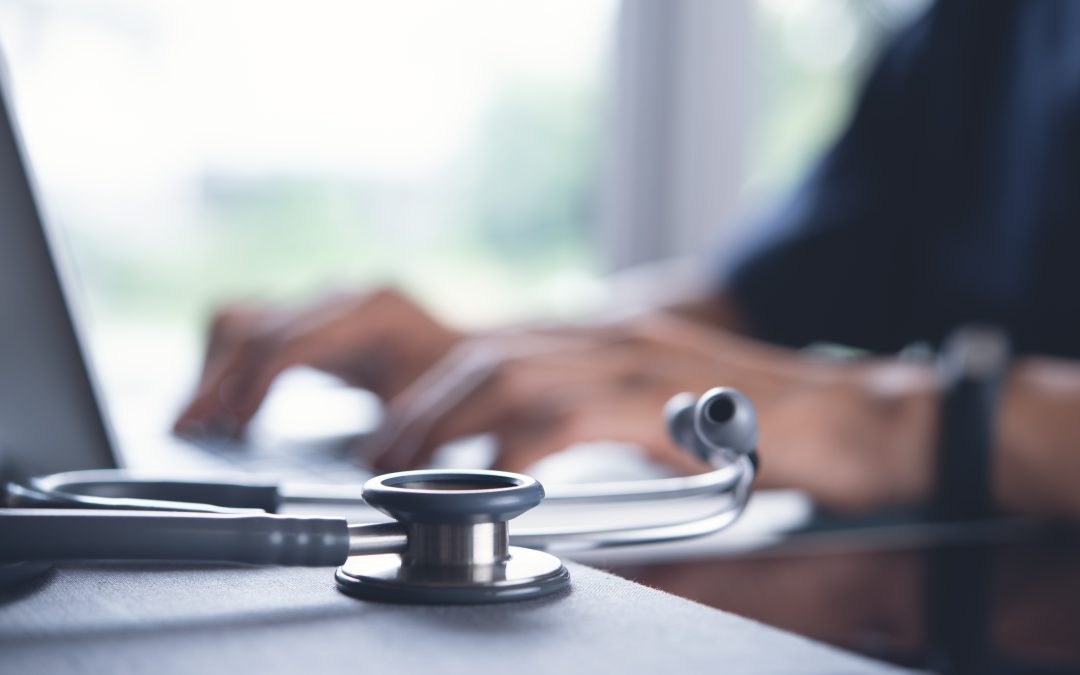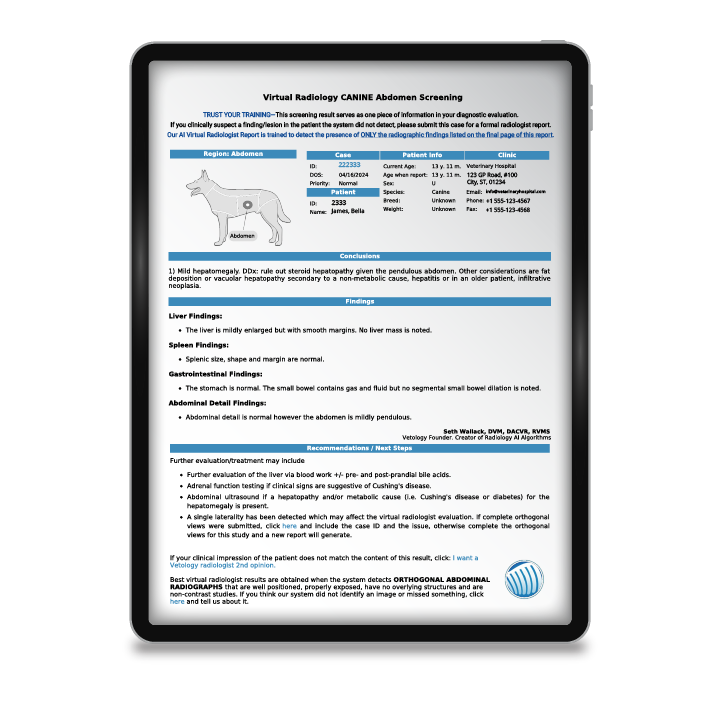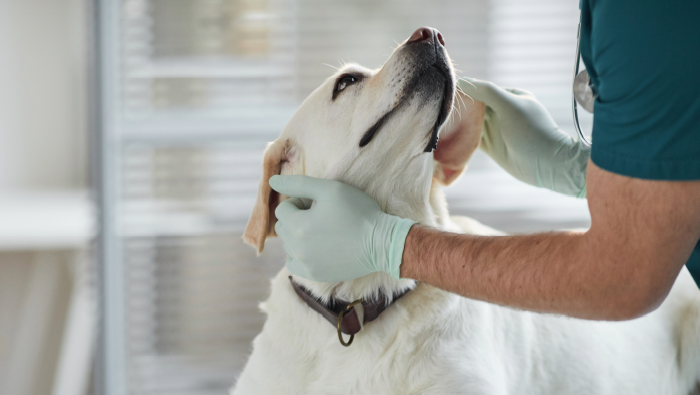
Another pair of Eyes: 4 Reasons Veterinary Teleradiology is a Smart Move (Even If You’re an Expert)
This article examines how veterinary teleradiology enhances clinical decision-making, supports skill development, and addresses the shortage of radiologists. It highlights the benefits of collaborating with board-certified radiologists, obtaining rapid interpretations for urgent cases, and utilizing detailed reports for continuous learning. By integrating teleradiology, veterinary practices can improve patient care and operational efficiency. Read more about how:
- Collaborative medicine improves diagnostic accuracy.
- Faster answers lead to better outcomes.
- Expert interpretation supports skill development.
- Teleradiology meets a growing need.
Interpreting radiographs and other diagnostic images is a core skill for every veterinarian. Still, even the most experienced practitioners know that an extra layer of review can make or break the outcome of a case. Whether you’re a solo practitioner, managing an overnight emergency, or covering cases while the radiologist is on leave, veterinary teleradiology can provide the clarity and support you need to make confident treatment decisions.
Vetology connects clinicians with board-certified radiologists who specialize in interpreting complex diagnostic images. You might think of veterinary teleradiology as merely a backup option for less experienced practitioners. However, it can be a valuable tool that encourages multidisciplinary collaboration among veterinarians in diverse practice areas and career stages. Here are four reasons teleradiology is meant for veterinarians of all skill levels.
1. Collaborative Medicine is Good Medicine
In human healthcare and at veterinary specialty hospitals, surgeons, internists, and radiologists routinely consult with one another before proceeding with treatment. Veterinary teleradiology extends that same collaborative model to veterinary general practice hospitals and urgent care clinics, supporting informed decisions in everyday care.
Opting for a teleradiology consult can feel like you’re second-guessing yourself, but it’s actually a powerful way to strengthen your clinical instincts. Working with veterinary radiologists can enhance your interpretation skills and reinforce your decision-making. Veterinary radiologists can spot subtle signs in radiographs, dental radiographs, ultrasounds, and CT scans that, left unnoticed, can drastically alter the course of treatment.
2. Faster Answers Mean Better Outcomes
Another significant advantage of veterinary teleradiology is availability and speed. When an in-house radiologist is unavailable and the case is urgent, waiting may not be an option. Teleradiology provides your practice with 24/7 access to expert readings, offering a fast turnaround that enables timely treatment.
Rapid answers are especially critical when dealing with emergency conditions, such as:
- Gastrointestinal obstruction
- Heart failure
- Pneumonia
- Pneumothorax
“Anytime there’s a time factor on a critical case, that’s where telemedicine is at its best,” said Dr. John Mattoon, board-certified veterinary radiologist and senior medical advisor for Vetology.
GI cases are among the most challenging diagnoses that general practitioners face regularly. Teleradiology doesn’t replace the expert opinion, skill, or clinical instincts of the veterinarian, but it can help you prevent serious misdiagnoses.
“Looking at the bowel of vomiting dogs and cats is the most challenging thing we do,” said Dr. Mattoon. “For a veterinarian to say, ‘Your dog is obstructed, you need to go to surgery’ is a pretty bold move. You’d better be right.”
A few other conditions Dr. Mattoon noted as difficult to diagnose without an expert eye included gallstones, which can appear superimposed over the liver on lateral views, and gas in the hepatobiliary system, a subtle change that can provide insight into why a pet is so sick. “Gas within the bile ducts, gallbladder, or the liver itself is not obvious, but when it’s there, it indicates an anaerobic infection or abscess. If you miss it, that condition is often fatal.”
3. Expert Interpretation Supports Skill Development
There’s growing concern that some veterinary teams, especially new graduates, rely too heavily on teleradiology and that overreliance can undermine clinical development and decision-making skills. However, used appropriately, veterinary teleradiology can help early-career veterinarians develop and reinforce those skills.
Radiology reports can be an incredible learning tool. “The opportunity is tremendous for self-learning,” Dr. Mattoon noted. “You have a detailed report that explains the abnormalities on the image, followed by recommendations for appropriate next steps.”
When you commit to studying the images and reports, you can learn and grow with each case. Technicians and support staff can benefit, too. If the radiologist includes their contact information with the image report, you can call with questions about the case to further your understanding of the pathology.
4. Teleradiology Meets A Growing Need
Veterinary radiologists are in short supply, particularly in academia, which limits the training of new specialists. In areas without access to a local radiologist, primary care veterinarians must find ways to meet client and patient care needs in-house, including the use of veterinary teleradiology. “Teleradiology has been huge in allowing DVMs to access radiologists nearly instantaneously,” said Dr. Mattoon. “We can serve more veterinarians and do so more efficiently.”
Teleradiology can help general practitioners with the following scenarios that expand the scope of primary care:
- Second opinions when another clinician is unavailable
- Serious, urgent cases with no room for error
- Client specialist consultation requests
- Abdominal and thoracic ultrasound interpretation
Teleradiology For All
Veterinary teleradiology can benefit everyone, from new graduates and solo practitioners to experienced clinicians, emergency veterinarians, and even boarded specialists. Any veterinarian who values accuracy, collaboration, and providing the highest standards of patient care can benefit from image interpretation services such as the teleradiology service offered by Vetology.
Contact us for help navigating your next challenging case or when you need a second set of eyes and a fresh perspective to enhance patient care and client service in your clinic. Vetology’s teleradiology service is hassle-free, contract-free and allows flexibility with a pay as you go model. Our team of boarded radiologists, a boarded dental specialist and a cardiologist offer industry-standard STAT and turnaround times, and are available to read canine, feline, equine, exotics, avian and reptile cases.
